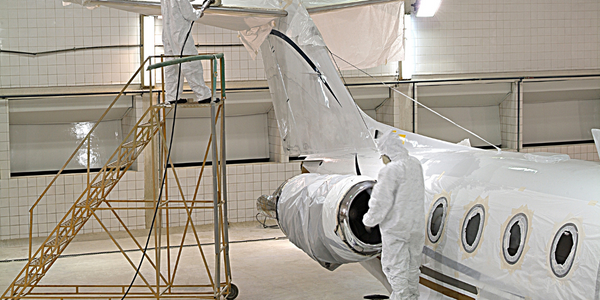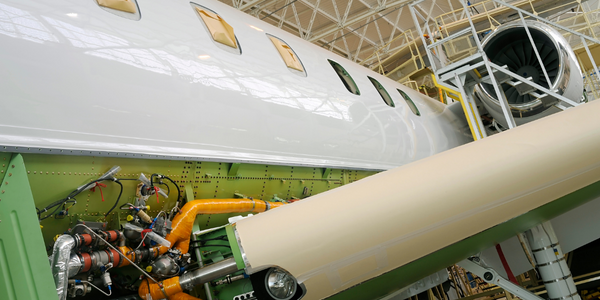Implementing Real-Time Stress and Life Analysis in Aerospace Industry: A Case Study of Peregrine Consulting, Inc.

Technology Category
- Analytics & Modeling - Predictive Analytics
- Sensors - Flow Meters
Applicable Industries
- Aerospace
Applicable Functions
- Maintenance
- Product Research & Development
Use Cases
- Inventory Management
- Structural Health Monitoring
Services
- System Integration
About The Customer
Peregrine Consulting, Inc. is a company that provides design and analysis consulting services for the aerospace industry. Their expertise lies in areas such as turbine engine development, unmanned aerial vehicle design, engine systems integration, and fatigue life studies. In a major project, they were engaged by the U.S. Air Force to investigate the feasibility of performing real-time stress and life analysis of jet aircraft engine turbine components based on as-flown conditions. The goal was to develop a condition-based maintenance (CBM) approach that would provide a reliable prediction of remaining component life for individual aircraft engines by analyzing as-manufactured information and measurable data from each flight.
The Challenge
Peregrine Consulting, Inc. was tasked by the U.S. Air Force to investigate the feasibility of performing real-time stress and life analysis of jet aircraft engine turbine components based on as-flown conditions. This approach, known as condition-based maintenance (CBM), aimed to provide a reliable prediction of remaining component life for individual aircraft engines by analyzing as-manufactured information and measurable data from each flight. The challenge was to manage a vast amount of information, including the ongoing condition of engine parts, key data on aircraft performance, engine parameters for each flight, and analysis results. The analysis models were extremely large, with millions of degrees-of-freedom requiring lengthy solution times. Furthermore, the simulation involved numerous complex, multi-attribute effects such as frictional contact, stress stiffening, and large deflections of parts.
The Solution
The challenges were addressed through the use of ANSYS Mechanical in combination with the TFLAMES data processing and process management program developed by Peregrine Consulting. TFLAMES screened and converted suitable data for ANSYS, which performed the required frictional-contact rotor assembly stress and thermal analysis. A key feature in the project was the Distributed ANSYS capability to run solutions efficiently in parallel across multiple CPUs. Significant speed-up was gained with the entire solution running in parallel including stiffness matrix generation, linear equation solving, and results calculations. Solutions were run on i*hydra high-performance multi-processor servers designed by a Peregrine Consulting spin-off company to run ANSYS solutions of this magnitude efficiently.
Operational Impact
Quantitative Benefit

Case Study missing?
Start adding your own!
Register with your work email and create a new case study profile for your business.












